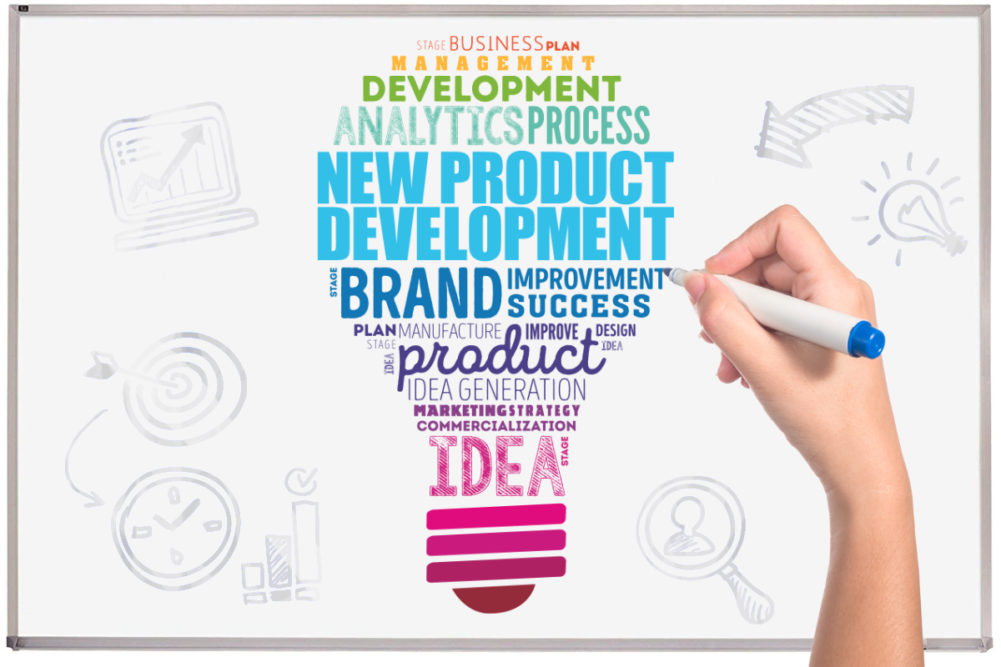TUKWILA, WASH. – Speed is a key component of the new product development process today. The days of ideation and innovation taking place over a long period of time are gone. The process is now measured in weeks and months versus years.
A partnership between the food and beverage product developer Culinex and market researcher InsightsNow Inc., Corvallis, Ore., is continuing to push the boundaries of how quickly companies can get projects from the bench to the shelf. The CRAEVS (Clean Label Research Through Agile Evolutions Into Stores) program is designed to be a fast and efficient process to create or improve products.
Webb Girard, director of research and development for Culinex, said CRAEVS is a series of “five discovery processes” where Culinex does the development, the “food work” and ingredient sourcing while InsightsNow does the behavioral analysis.
“The traditional R&D process can take nine months to two years,” Mr. Girard said. “With CRAEVS we can do it in under six months.
“You’re not developing a product and bringing it to the marketplace. With CRAEVS you interact with the consumer during those first couple of months.”
Components of the five-stage process include a category review, ideation, prototyping, scaling to commercialization, and in-store testing. The category review is where product developers are gaining insights, uncovering opportunities and understanding competitor product positioning.
What makes the ideation part of CRAEVS different from other product development processes is it is being done with consumer input integrated. Prototyping involves development in rapid, iterative steps that are integrated with consumer feedback.
“Through this whole process you are building the product in its entirety,” said Greg Stuckey, chief research officer for InsightsNow during a presentation about CRAEVS at the IFT FIRST conference held in July. “So, even at the very beginning where you are finding your focus and you’re creating your concept, you’re still thinking about packaging, product, pricing, marketing, advertising; all of those components live and breathe in every single step all the way through the process.”
Mr. Stuckey added that with CRAEVS they’ve seen a 60% increase in success and a 30% reduction in time to market.
“It may seem less focused than standard product development, because it is iterative and it is an agile methodology,” said Brittany Kovacevic, project manager for Culinex. “We're taking learnings to inform the next stage. There is not a direct plan for the final product. We are learning along the way. To us, that is where the value is.”
Mr. Stuckey said feedback is encouraged from the very beginning of a project.
“People spend too much time developing before getting feedback,” he said. “We have to be willing to fail faster and develop things that aren’t quite ready yet.”
Mr. Girard described how immediate feedback informed the development of a snack concept to provide energy and be consumed on the go post-workout.
“As a team, we knew what ingredients would be used and how the product would be packaged,” he said. “But through our consumer insights we learned people didn’t think it was convenient enough, because it was sticky and it was perceived as artificial because its color was bright.”
After those issues were resolved, additional feedback was the application was too loud when eaten.
“It really helps to get that (feedback) during the up-front stage,” Mr. Girard said. “Technology only goes so far on the development pathway. Seeing them (consumers) interact with the product allows us to more quickly refine it.”
Ms. Kovacevic said the CRAEVS process focuses on clean label because it’s “a given.”
“It’s evolving in the marketplace, but people expect the ingredients in products to meet their expectations, whatever they may be,” she said.
That evolution includes not only a focus on ingredients, but how different consumer groups prioritize attributes like health and sustainability.
Ms. Kovacevic added that some consumer positions about ingredients aren’t hardened, that they can be educated about ingredients and processes.
“Consumer behavior has been enlightening,” she said. “You have those experiences where they say they don’t want something, but then they are ok with it. The reality is the consumer is who the consumer is.
“But I think education can be a part of the process. In the food industry, we know ingredients and their functionality. But consumer perception is a whole different thing, and they are who spends the money.”





